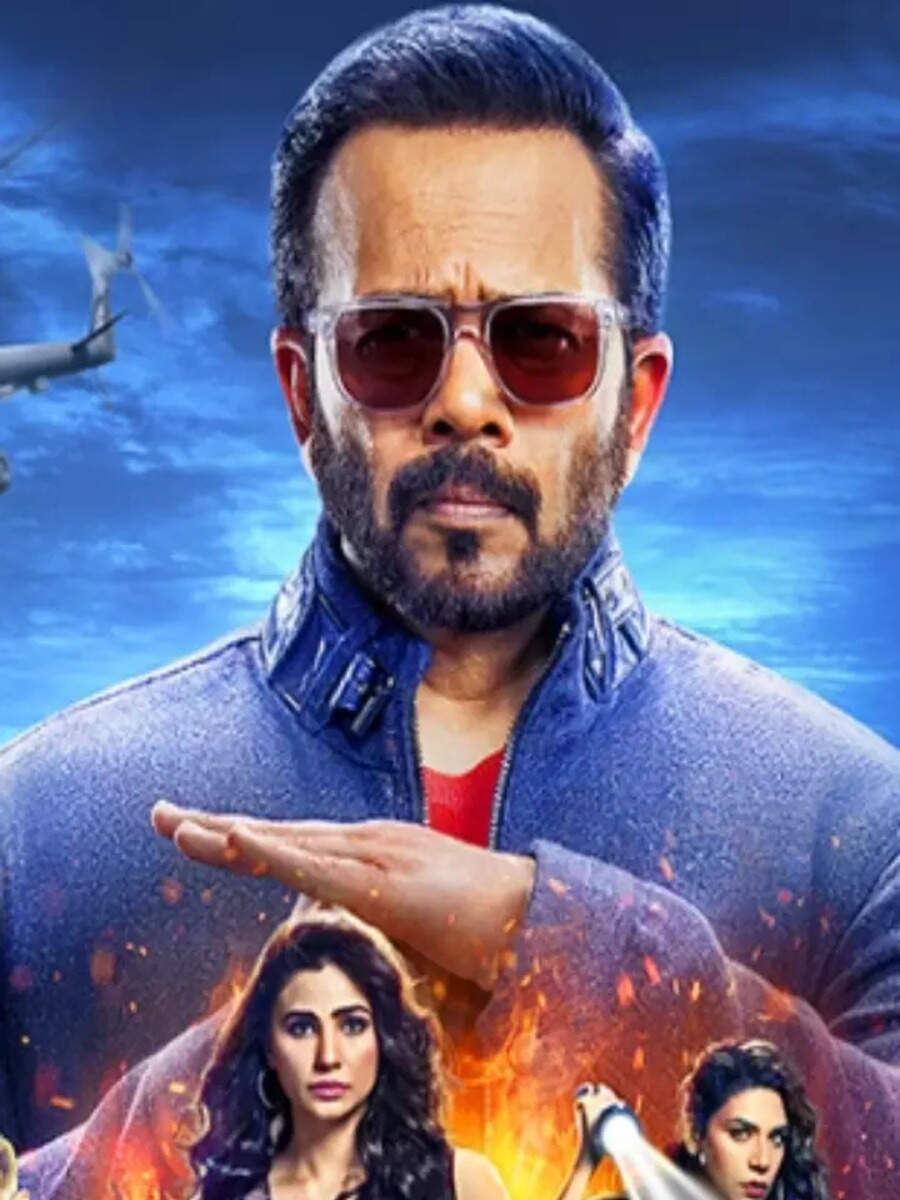Have you ever wondered why some movie titles leave a lasting impression while others seem to fade into oblivion? Titles play a pivotal role in the cinematic experience, often setting the tone for what audiences can expect. In Indian cinema, particularly South Indian films that have made their way into Bollywood remakes, there are instances where the title itself becomes a topic of discussion. Consider this: Do Khiladi, a 1976 Bollywood action drama directed by Jugal Kishore, has left an indelible mark on film history. This bold statement underscores the importance of choosing the right title for a movie, as it not only attracts viewers but also shapes their perception.
The journey of Do Khiladi is fascinating when viewed through the lens of its remake and adaptation within the South Indian film industry. The film stars Vinod Mehra and Anita Guha, and its narrative revolves around themes that resonate with audiences even today. As we delve deeper into the world of remakes, one cannot ignore the influence of South Indian cinema on Bollywood. For instance, the movie Khiladi became a benchmark in terms of storytelling and character development. Its remake, Sivappu Manjal Pachai, further cemented its legacy by appealing to a broader audience. These adaptations highlight how creative reinterpretations can breathe new life into classic stories, making them relevant across different cultures and languages.
| Name | Do Khiladi |
|---|---|
| Director | Jugal Kishore |
| Cast | Vinod Mehra, Anita Guha |
| Year Released | 1976 |
| Genre | Action Drama |
| Language | Hindi |
In recent years, South Indian movies like Anjaan have been successfully adapted into Hindi as Khatarnak Khiladi 2. Directed by N. Lingusamy, this Tamil-language action thriller features Suriya and Vidyut Jammwal in pivotal roles. The film's success lies in its ability to maintain the essence of the original while catering to a wider audience. Cinematographer Santosh Sivan and editor Anthony deserve special mention for their contributions towards enhancing the visual appeal and pacing of the movie. Such collaborations between industries foster mutual respect and understanding, paving the way for future projects that transcend regional boundaries.
Another noteworthy example is the Hindi dubbed version of Do Khiladi, which features Siddharth, GV Prakash, and Kashmira Pardeshi. This adaptation demonstrates how carefully selected talent can elevate a story, ensuring it resonates with diverse demographics. Moreover, platforms like Eros Now offer viewers access to such films in high definition, thereby enriching their viewing experience. With advancements in technology and increasing accessibility, cinephiles now have more opportunities than ever before to explore and appreciate films from various regions.
As we reflect on these examples, it becomes evident that the choice of title significantly impacts a movie's reception. While some may argue that content outweighs presentation, the reality is that both elements work hand-in-hand to create memorable cinematic experiences. Titles like Do Khiladi and Khiladi serve as reminders of this fact, proving that even decades later, they continue to inspire discussions among film enthusiasts. Furthermore, the symbiotic relationship between South Indian and Bollywood filmmakers ensures that innovation remains at the forefront of filmmaking practices.
Ultimately, the art of crafting compelling titles requires a delicate balance between creativity and commercial viability. Filmmakers must consider factors such as target audience preferences, cultural nuances, and linguistic appropriateness when naming their projects. By doing so, they increase the likelihood of capturing public imagination and leaving a lasting impact. In conclusion, whether it's reviving old classics or creating fresh narratives, selecting the perfect title remains an essential aspect of successful filmmaking in India.
It is worth noting that trends in movie remakes have evolved over time, reflecting changing societal values and technological advancements. For instance, modern adaptations often incorporate digital effects and advanced sound systems to enhance storytelling capabilities. Additionally, cross-cultural exchanges have led to increased collaboration between filmmakers from different parts of the country, resulting in richer storytelling traditions. These developments underscore the dynamic nature of the Indian film industry, where tradition meets innovation to produce groundbreaking works of art.
Looking ahead, the future appears promising for those willing to embrace change while honoring their roots. As new generations of filmmakers emerge, they bring with them fresh perspectives and ideas that challenge conventional norms. Through experimentation and exploration, they push the boundaries of what is possible in cinema, ensuring that the magic of movies continues to captivate audiences worldwide. Thus, the legacy of films like Do Khiladi serves as both inspiration and foundation for aspiring storytellers seeking to make their mark on the global stage.



.jpg)
